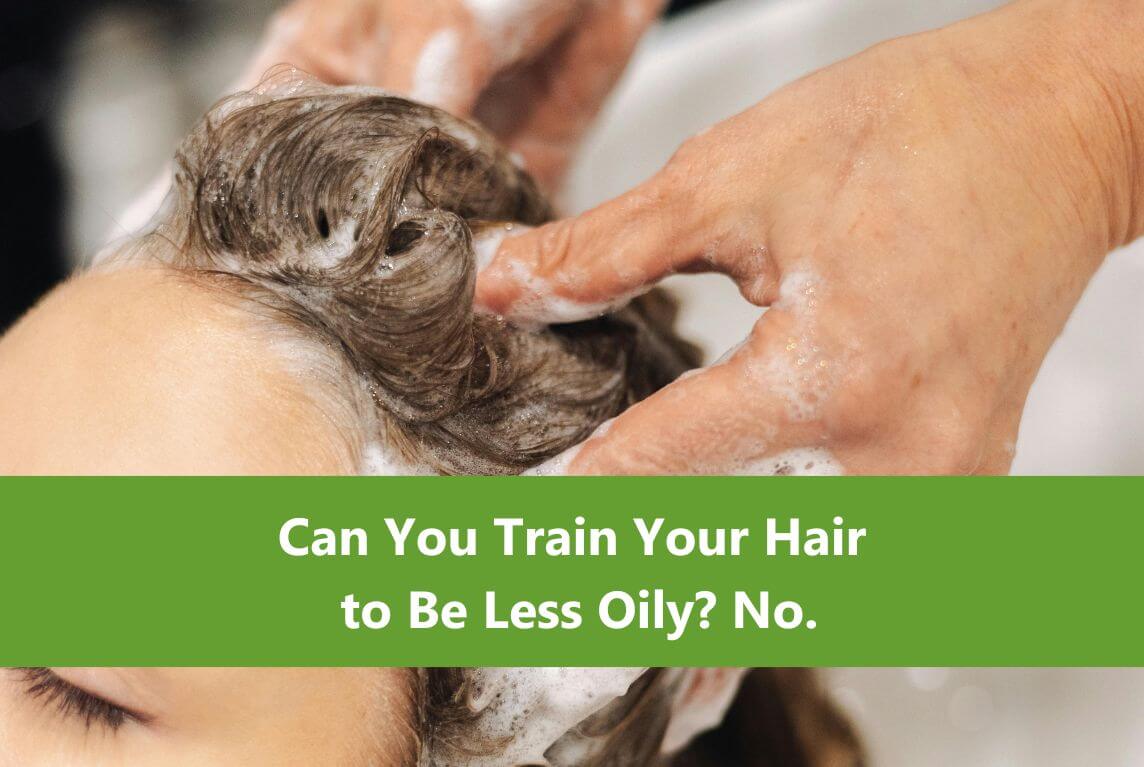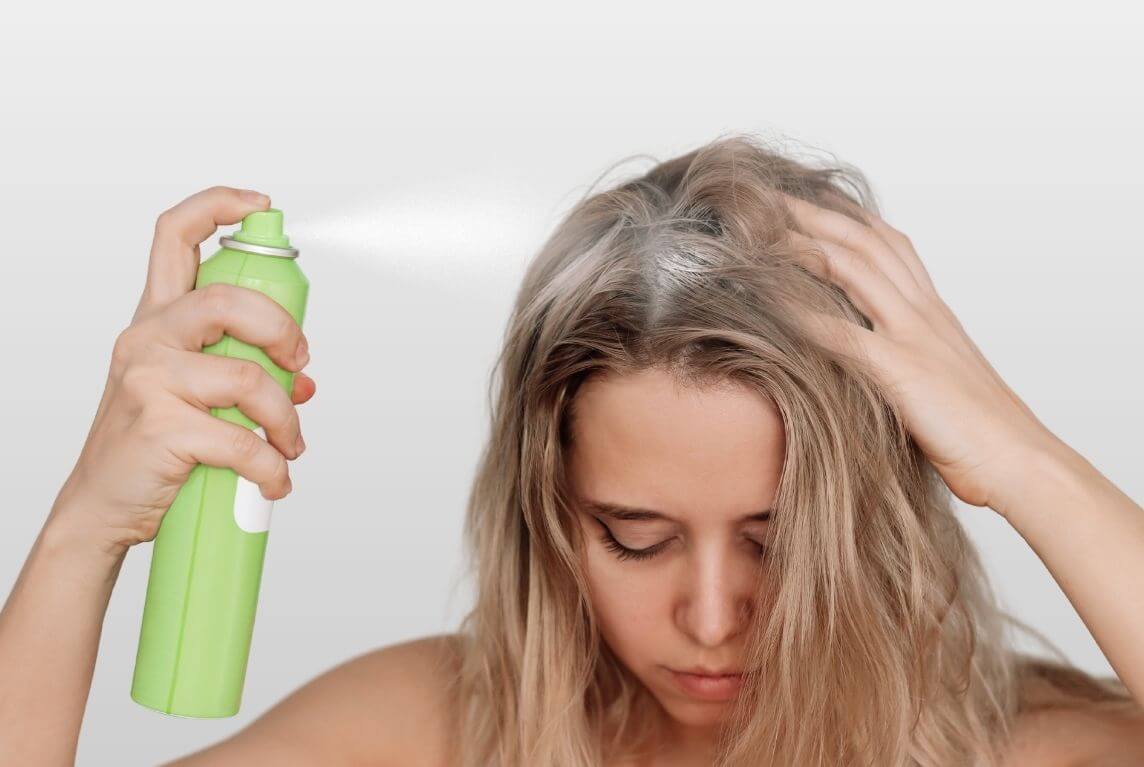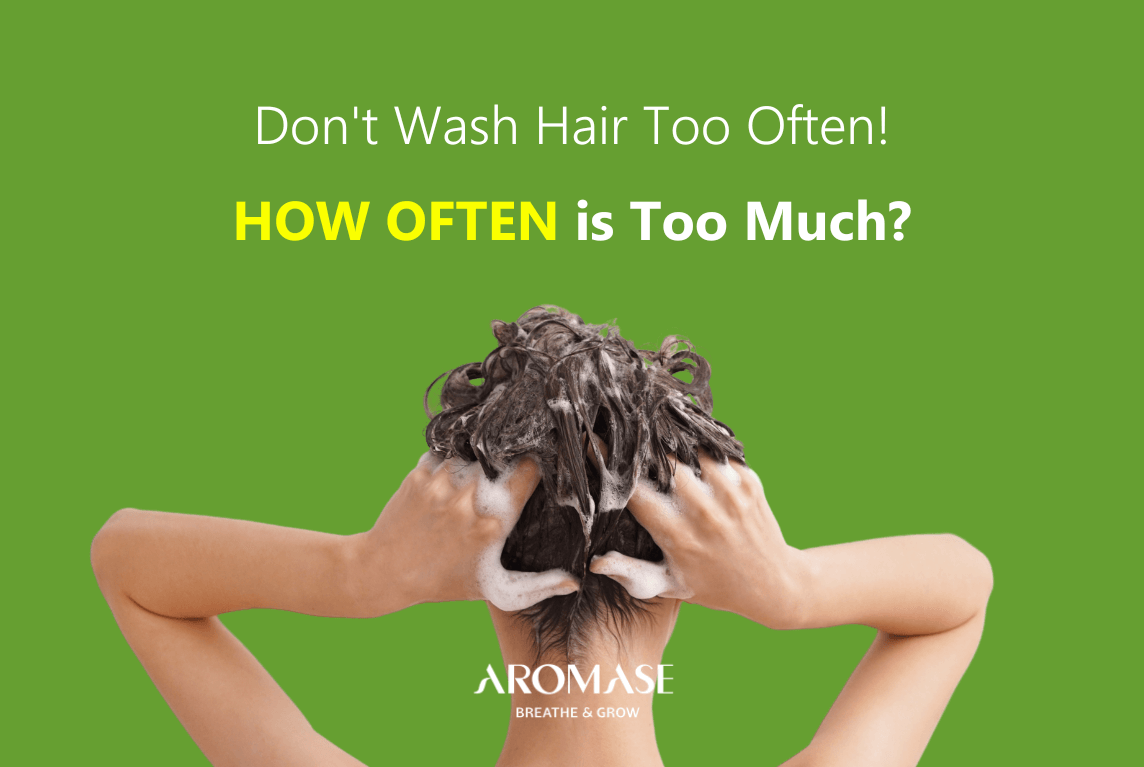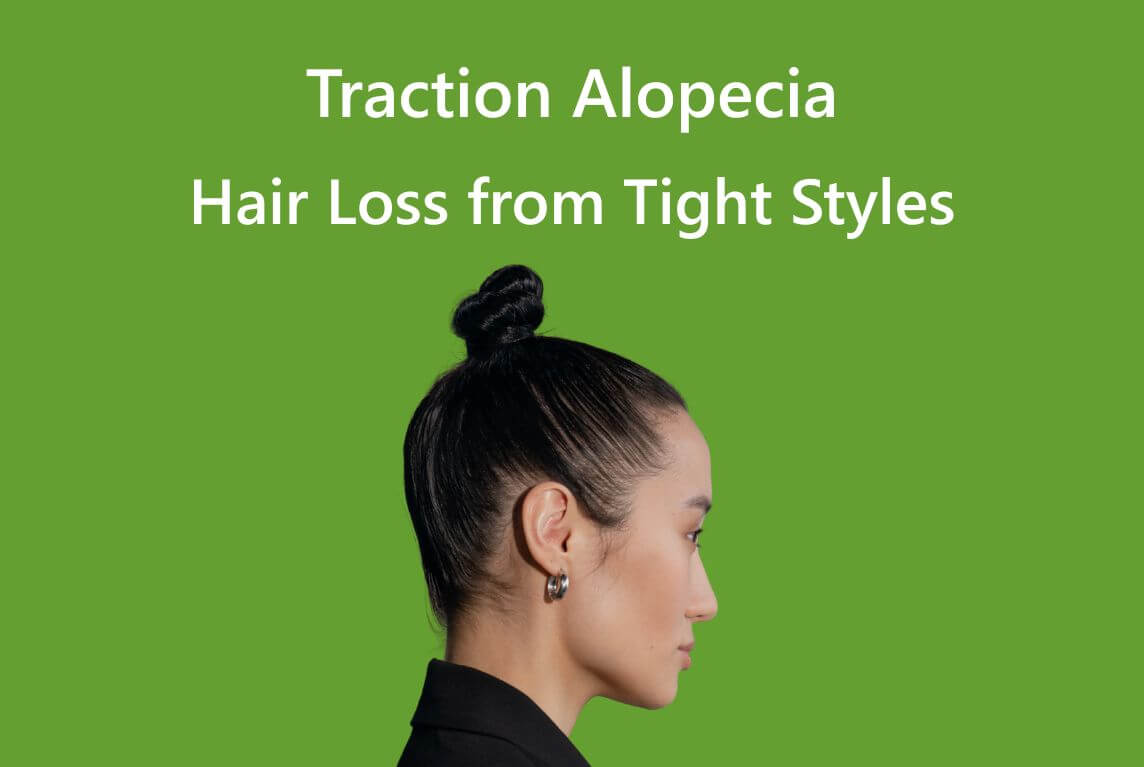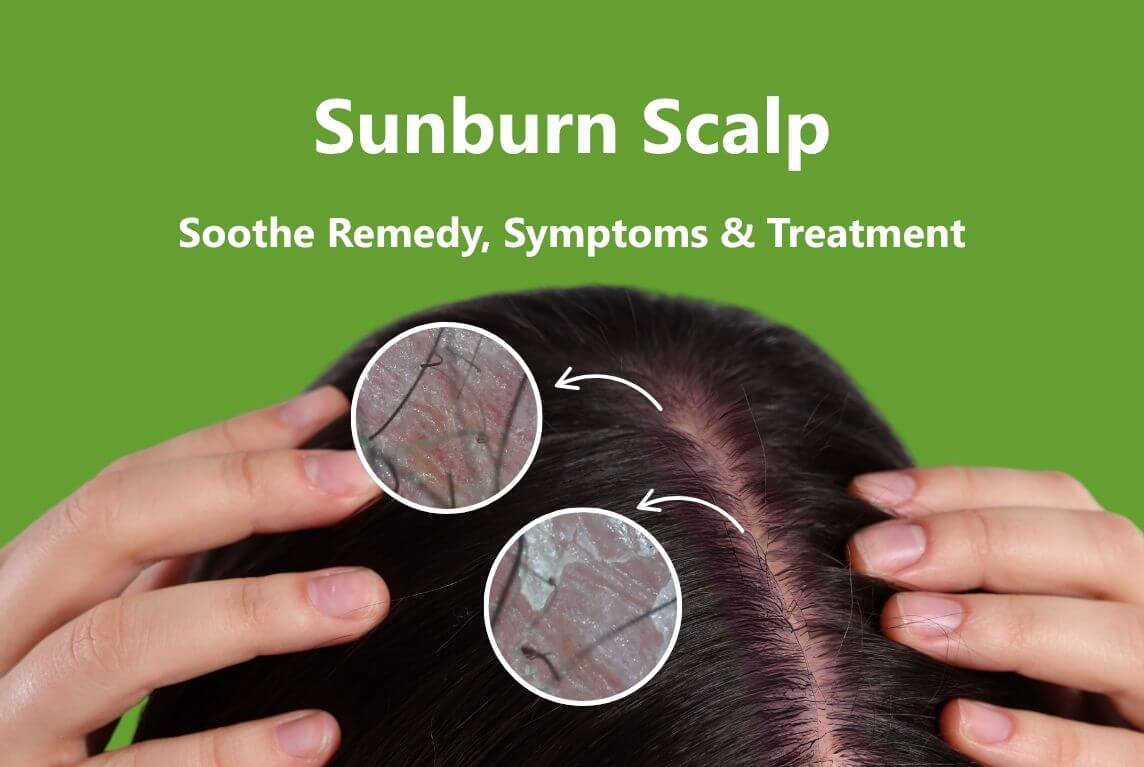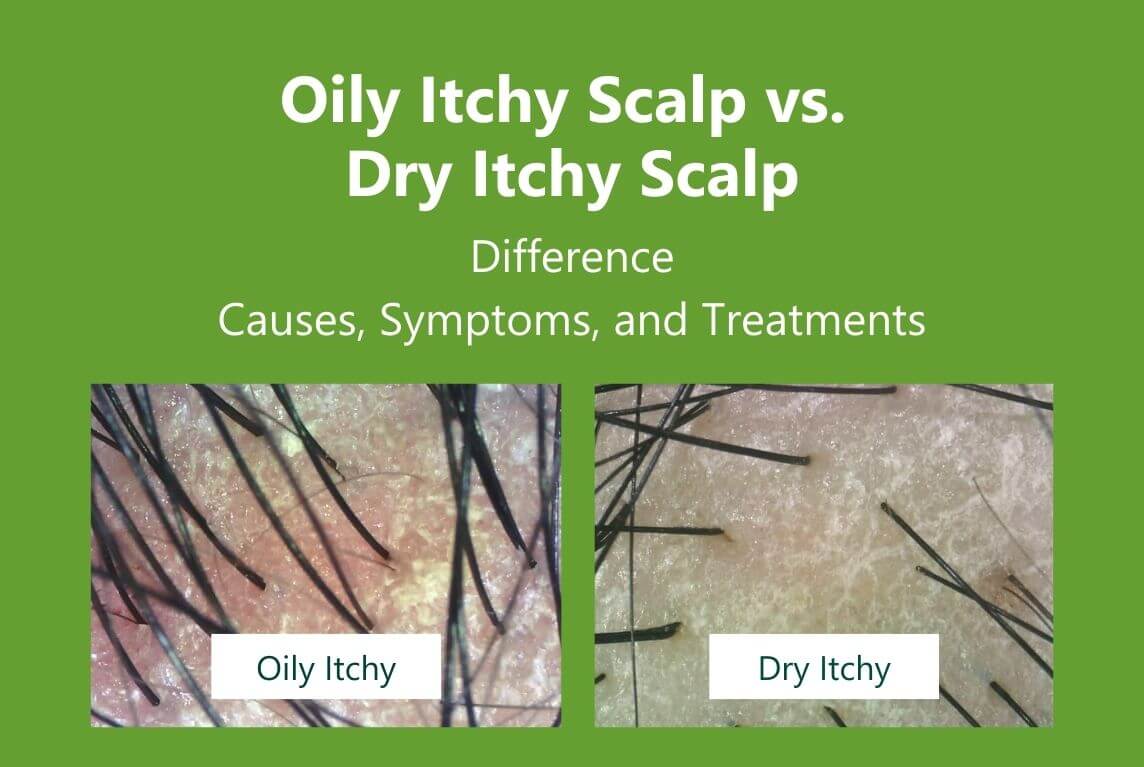The viral trend of “hair training” has taken over social media, promising that you can teach your hair to go longer between washes. But experts say otherwise: You can’t train your hair because it’s all about your scalp, not your strands, and neither can be trained.
Rise of Hair Training Trends
Hair training refers to the idea that if you reduce how often you wash your hair, your scalp will “adjust” by producing less oil. This trend encourages extending time between washes using dry shampoo or scalp refreshers, claiming that your hair will eventually become less greasy. The truth: hair is dead fiber. It doesn’t learn, adapt, or react. What does react? Your scalp.
Why You Can’t Actually Train Your Hair
There’s no scientific proof that washing your hair less often trains your scalp to produce less oil. The oil your scalp produces comes from sebaceous glands, which are affected by:
- Hormonal changes
- Genetic factors
- Climate and surroundings
- Everyday habits
- Nutrition and diet
What People Mistake as “Training”
Some may feel like they’ve successfully trained their hair, but here’s what’s likely happening:
- They’re producing less oil due to hormonal or environmental changes.
- They’ve switched to a gentler hair care routine.
- They’ve simply become more comfortable with a slightly oily scalp.
The Risks of Following the Hair Training Trend
1.Dry Shampoo Isn’t the Answer
Dry shampoo is often hailed as a must-have in the hair training trend. However, overusing it can lead to clogged hair follicles, scalp buildup, and even issues like inflammation or hair thinning. Instead of masking oil, focus on managing it through proper scalp care.
2. Delaying Washes Can Backfire
Skipping washes to “train” your scalp can lead to:
- Sebum and product buildup
- Fungal imbalance (e.g., Malassezia overgrowth)
- Scalp irritation, odor, or dandruff
Early Signs of Over Washing
The only part of this myth that’s correct is not over-washing your hair. However, everyone’s scalp is different, so there’s no universal rule for how often to wash it. Watch for early signs from your scalp to know when you’re over washing.
What You Can Do Instead Skipping Wash Day
1. Shampoo Frequency: Wash When Needed
Adjust your routine based on scalp oil production, wash more if it’s oily, less if it’s dry. Colder months may require tweaking your shampoo frequency. Find your Perfect Shampoo Frequency and build a routine that works for you.
2.Choose the Right Shampoo
Use a shampoo that gently cleanses without stripping the scalp. Look for:
- pH-balanced shampoo
- Amino acid–based surfactants
- Herbal ingredients that regulate oil
3.Care for Your Scalp, Not Just Your Hair
Healthy scalp = healthy hair. Include in your routine:
- Weekly gentle scalp exfoliation with liquid scalp deep cleanser
- Lightweight, water-based scalp spray
- Avoid heavy styling products and don’t apply conditioner to your scalp.
You can’t train your hair to require less washing, but you can care for your scalp to minimize oiliness, buildup, and irritation. Forget quick fixes, prioritize your scalp’s long-term health for lasting results. Listen to your scalp, not social media.


